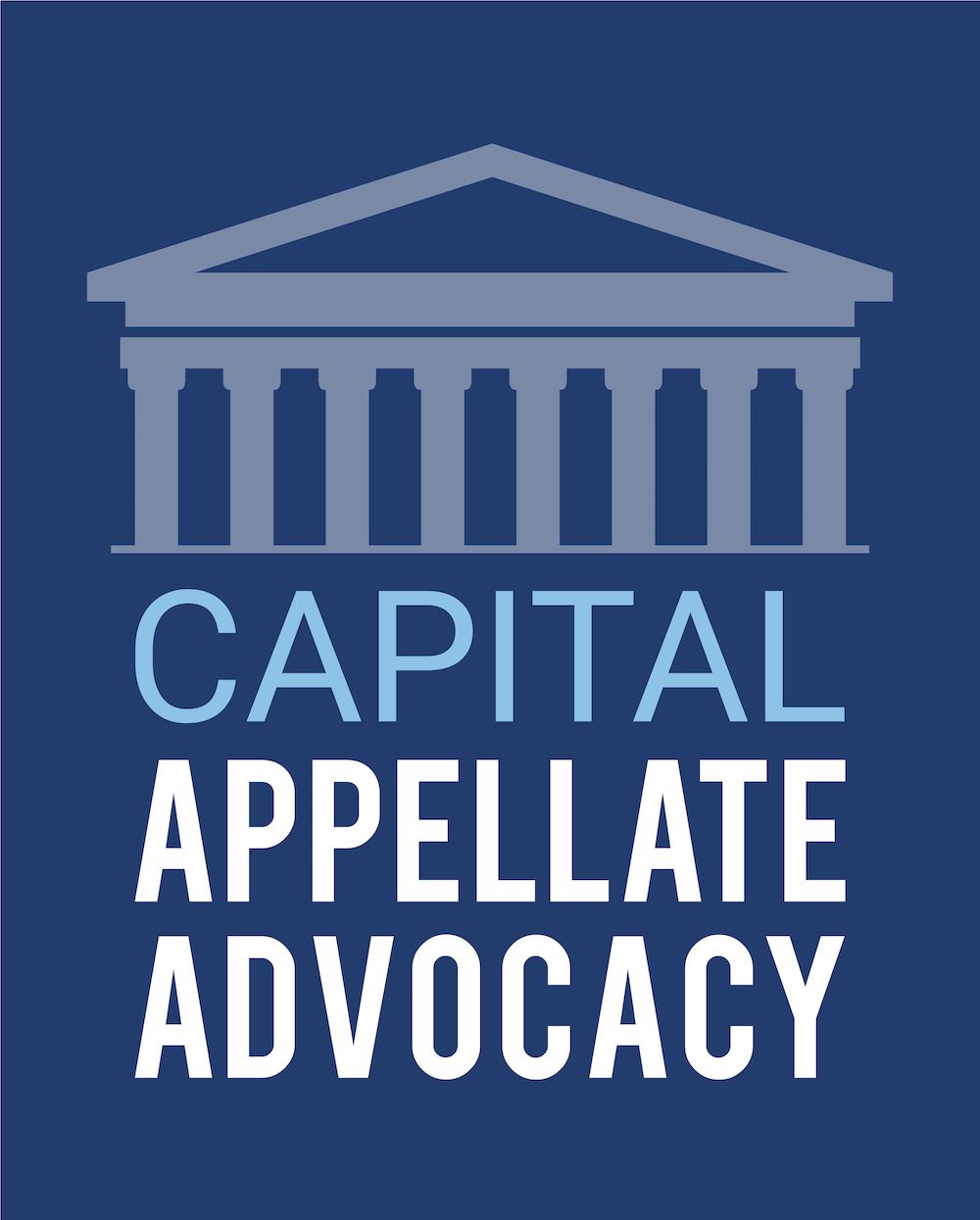The Clerk of the Supreme Court of the United States has posted a Memorandum To Those Intending To File An Amicus Curiae Brief (October 2019).
For attorneys with experience authoring and filing Supreme Court amicus briefs — see Learning the High Art of Amicus Brief Writing — the Clerk’s guidance does not contain any earthshaking news. Although much of the Memorandum simply repeats the requirements of Supreme Court Rule 37, there are some noteworthy nuggets of guidance. Perhaps the most interesting is that a single attorney is permitted to file more than one amicus brief in a particular case. While that might send “The Amicus Machine” into overdrive (see Redefining ‘the Supreme Court Bar’), the wisdom of one attorney, or even one law firm, submitting more than one amicus brief at either the petition stage or merits stage in a single case—rather than filing one brief that combines amici—seems dubious except in the most unusual circumstances.
The following is my own summary of some key points provided in the Clerk’s Memorandum:
> Consent — An amicus brief need only note that each party’s counsel of record has provided written consent to the filing of the brief. Submitting the parties’ written consents along with an amicus brief is not required. If a party files a blanket consent with the Clerk at the petition stage, and certiorari is granted, a new blanket consent would have to be filed at the merits stage.
> Advance Notice — The filing of a petition-stage amicus brief at least 10 days prior to the deadline satisfies the requirement that 10 days’ advance notice of intent to file be provided to all parties. A statement confirming that timely advance notice has been provided must be included in the brief, typically in the first footnote along with a statement about consent and the disclosure statement required by Rule 37.6.
> Rule 37.6 — The Clerk’s Office prefers that the first footnote of an amicus brief to state explicitly, if true, that no party, or counsel for a party, authored the brief in whole or part, or made a monetary contribution for funding preparation or submission of the brief.
> Amici — The names of all amici should be listed on the cover unless it is impractical to do so, in which case a smaller number of amici along with “et al..” or an appropriate descriptor characterizing all amici, can be utilized. Additional amici may not be added after an amicus brief is filed. An individual amicus may not join more than one amicus brief at either the petition or merits stages.
> Counsel of record — An amicus brief must be submitted by a designated counsel of record, who is a member of the Supreme Court Bar. An individual attorney can serve as counsel of record on more than one amicus brief in a given case.
> Non-attorneys — Non-attorneys (e.g., paralegals; research assistants; law students) cannot be listed on the cover. Nor can non-attorneys be thanked or credited for their assistance anywhere in the brief. Pro se amicus briefs from non-attorneys, or attorneys who are not members of the Supreme Court Bar, are not permitted.
> Contents — The only required contents for the text of an amicus brief (other than the statements required about consent, notice, and preparation/funding of the brief) are separately headed sections for the interest of the amicus, summary of argument, argument, and conclusion. The questions presented need not be set forth in the brief.
> Filing — Amicus briefs at both the petition and merits stages must be submitted through the Court’s electronic filing system, as well in paper (printed booklet) form.
Lawrence S. Ebner has extensive experience filing amicus curiae briefs in the Supreme Court and other appellate courts. He is founder of Capital Appellate Advocacy PLLC, an independent, nationwide, appellate litigation boutique that represents businesses and industries.

